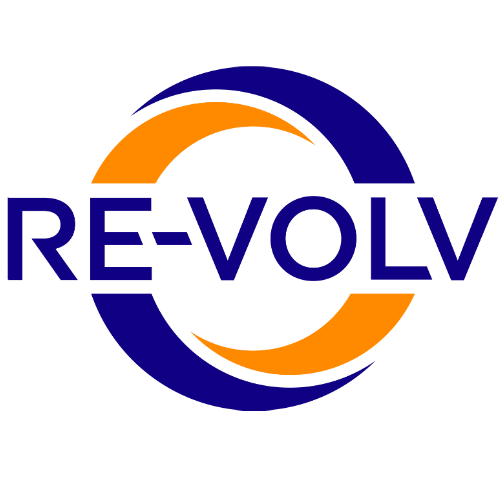Recently, California, the world’s fifth-largest economy, cranked out 94.5 percent renewable energy. This landmark moment occurred on April 29 around 2:30 in the afternoon, just days after we celebrated the 51st Earth Day. Gone are the days where renewables are considered an afterthought that tinker at the margins. In case you believe 100 percent renewable energy is a pipe dream — you’ve been officially put on notice.
When we look around the world, we read headlines like this from time to time. Iceland currently achieves nearly 100 percent of its power from renewable energy. Costa Rica recently powered itself with 100 percent renewable energy for 299 days. But when the world’s fifth-largest economy does it, that should make you sit up in your chair.
Politics, it seems to me, is more often guided by our psychology of what we collectively think is possible rather than the physics or even economics of what’s actually possible. In regards to a swift transition to renewable energy, described by author and environmentalist Bill McKibben as the low-hanging fruit in the climate fight, the overton window has just been significantly widened.
First and foremost, it’s important to point out that California coming close to 100 percent renewable is years ahead of schedule. California’s current goal set in 2018 by former Democratic Gov. Jerry Brown, is to achieve 100 percent renewable energy across the state by 2045. Now, covering 100 percent of California’s energy needs around the clock all year long is certainly trickier than hovering above 90 percent on a sunny day in April, but you can see how all of a sudden, the 2045 goal seems perhaps too little, too late.
Especially when you consider that the Biden administration’s goal set forth in the infrastructure package calls for a 100 percent clean energy standard across the United States by 2035, with strong environmental justice provisions. Now, that’s more like it.
Of course, it’s important to recognize how California did it. As magical as California is, this was not a magic trick. Former Republican Gov. Arnold Schwarzenegger was the first governor in the country to implement a carbon cap and trade program with AB 32 back in 2006. Also in 2006, he implemented the Million Solar Roof program, a declining solar rebate program that incentivized customers and utilities to implement solar which catapulted the nascent industry. Over time, California’s renewable portfolio standard has continued to be aggressively pushed forward, creating wins for the industry, the rate payers and most importantly, all citizens of planet Earth.
And despite the rhetoric we hear in the halls of Congress attempting to thwart the calls for a clean energy future, 85 percent of Americans would like 100 percent renewable energy, according to Yale.
That’s why Biden’s infrastructure plan is so brilliant. It marries solving the climate crisis with the economic recovery in the best way possible — setting standards like 100 percent clean energy by 2035, and making the investments necessary to get us there, creating millions of jobs along the way. All of which are in line with what Americans want.
And it’s no surprise why Americans like clean energy. Mark Jacobson and his team at Stanford have found that when we achieve 100 percent clean energy, we’ll not only save $1 trillion a year on our energy bills, but we’ll also create a net increase of 2 million jobs. Not too shabby.
In my recent book “Climate Courage,” I write about the heroic efforts of citizens across the country working to make this happen, who have laid the groundwork for the successes we’re seeing today. The Sierra Club’s Ready for 100 campaign, for example, trains volunteers to pressure their local city, county and state officials to commit to 100 percent renewable energy. Utilities are getting on board as well. Xcel Energy, for example, one of the largest utilities in the country, which provides power for eight states, has recently committed to 100 percent carbon-free electricity. This is not because they were mandated to do so but because the economics of energy are clear. These trends are growing so quickly that one-third of Americans now live in a place committed to 100 percent renewable energy.
Around the world, this is what’s happening. Globally, 80 percent of all new electricity capacity that came online in 2020 was renewable, over 90 percent of which was solar and wind. And in the United States in 2021 the EIA predicts 70 percent of all new electricity capacity will be solar and wind alone.
So, with all that in mind, what does California’s brief renewable energy take-over indicate? The clean energy revolution is happening faster than we think.
Andreas Karelas is author of the book “Climate Courage: How Tackling Climate Change Can Build Community, Transform the Economy, and Bridge the Political Divide in America” published by Beacon Press. He is also the founder and executive director of RE-volv, a nonprofit climate justice organization that helps fellow nonprofits across the country go solar. Follow him on Twitter: @AndreasKarelas
Previously Featured on The Hill
